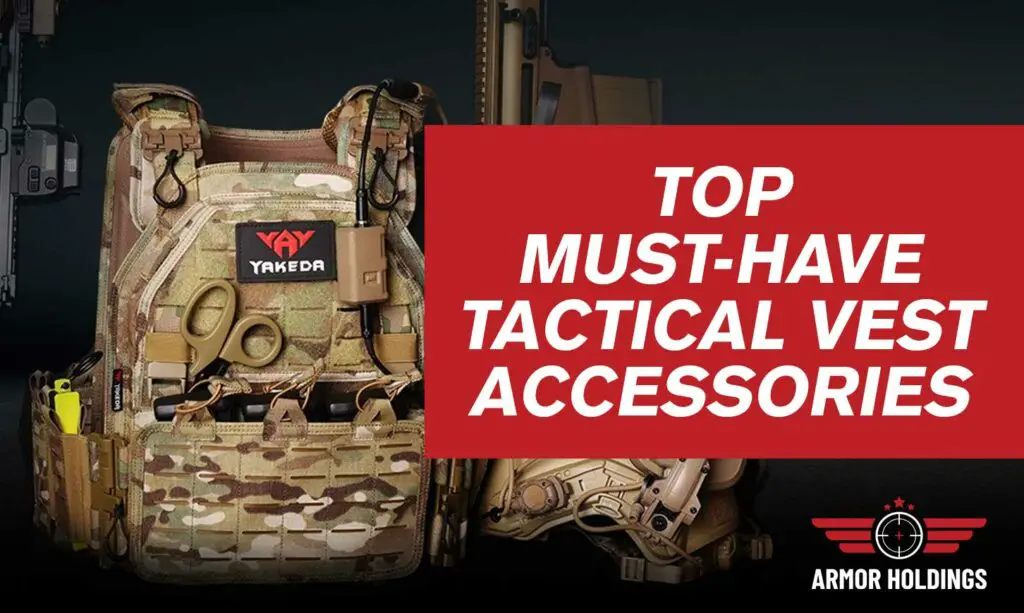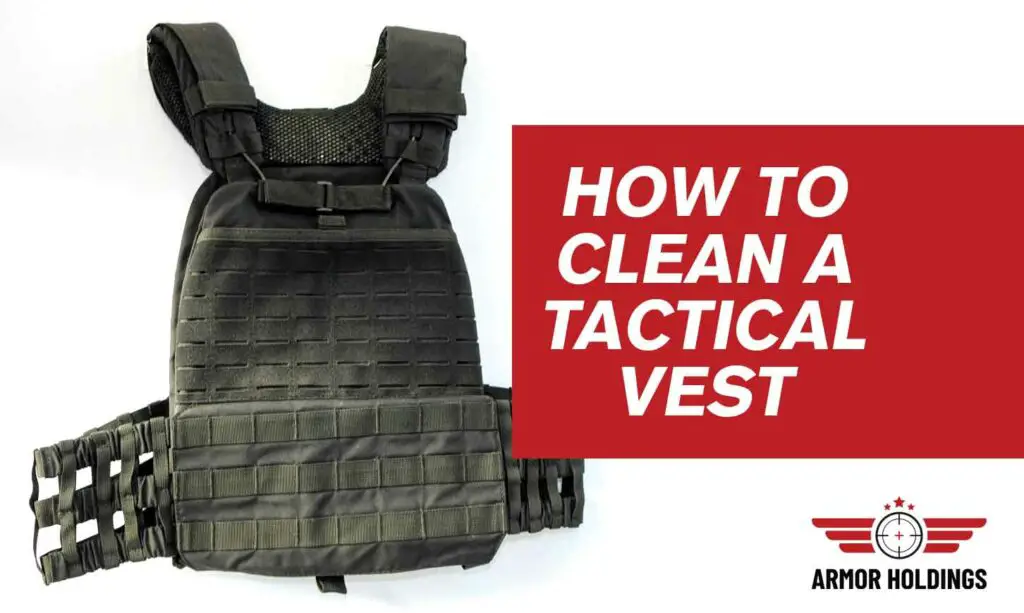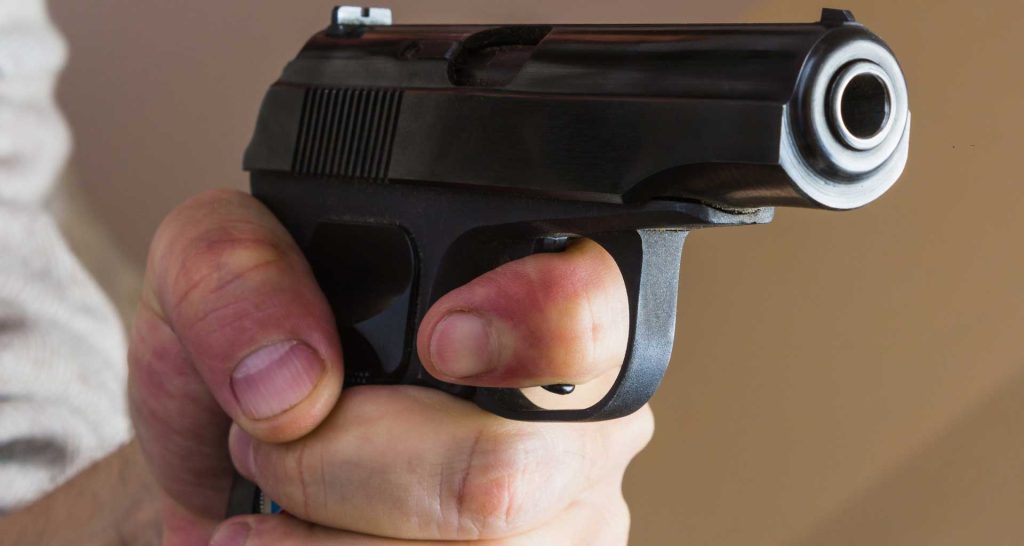
How to Hold a Handgun
All you have to do is turn on any action movie to get a glimpse at how not to hold your gun, with actors doing just everything you’re not meant to when using a firearm.
However, a responsible gun owner should be trained in the safest way to hold theirs and make an effort to keep up with this training at all times.
How do you hold a handgun? The correct method for holding a handgun is to utilize squeezing, support, and the placement of the dominant and non-dominant hand in the right position.
This technique needs to be learned professionally by a firearm specialist to ensure you get it right and may need to be adjusted depending on the gun.
Learning how to hold a handgun is a huge part of responsible ownership, but unfortunately, it’s not as simple as they make it look on TV.
This guide can show you the basics of getting the grip right and where your dominant and non-dominant hand should be, so you’re on your way to safer handling.
The Right Way to Grip A Handgun
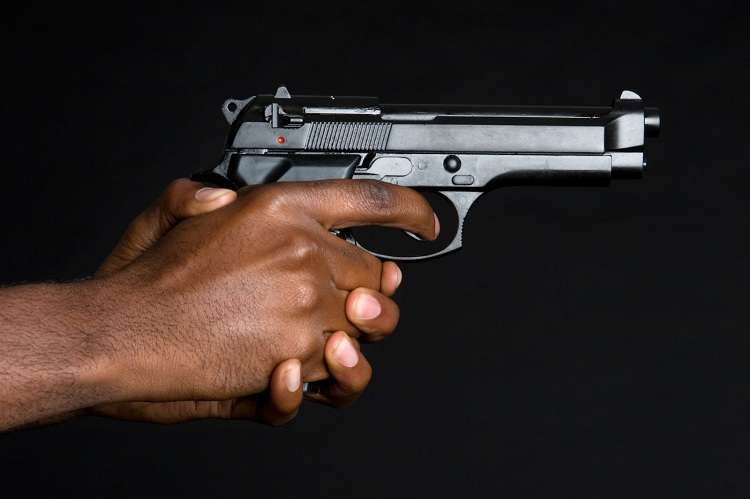
The first thing to learn about holding a handgun is getting the grip right, as this forms the basis of operation. Follow these steps to correctly and safely grip a handgun:
- Use your non-dominant hand to hold under the gun’s frame and trigger guard.
- Position the thumb and index finger of your dominant hand so it makes a V shape, and then place this V as high on the gun frame as you can. The grip of the gun should sit snugly in the palm of your hand.
- Curl your fingers around the grip and point the index finger along the side of the gun, but not touching the trigger.
Perfecting the Handgun Hold
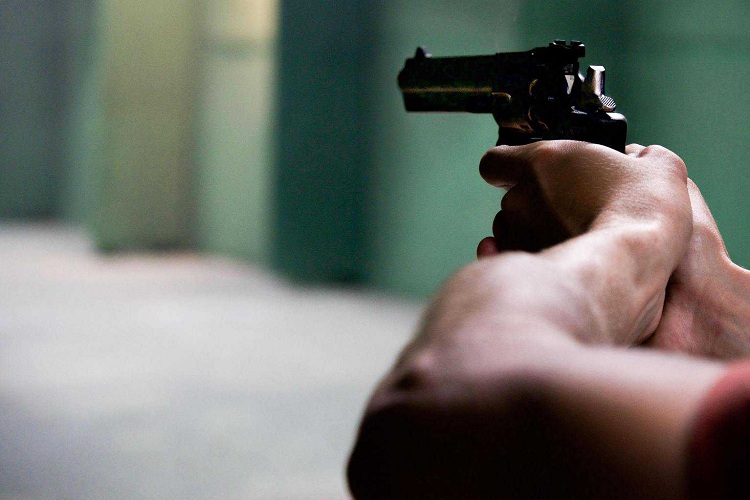
The safest and most effective way to hold a handgun is with a two-handed hold, and this is the technique commonly taught by professionals.
In this method, you’ll use the grip we discussed and then apply pressure from the front of the firearm to the rear with the dominant hand and then pressure from side to side with the non-dominant one.
- Wrap the non-dominant hand around the fingers of the dominant hand.
- Position the non-dominant thumb so that it’s lined up with the dominant thumb and parallel to the barrel of the gun.
- Achieve a more stable aim by pushing the dominant hand forward and then pulling back with the non-dominant hand.
Accuracy and Grip

The key to a more accurate shot is knowing how to get the grip right, and this requires some practice once you’ve established how to hold the weapon.
These are some tips you can follow to improve grip, which improves accuracy as well.
- Make a note of how the rest of your body feels and whether any other area is tense. The only part you want tension in is your hands as they are gripping the gun, so if your shoulders and arms are rigid, you’ll want to relax them.
- The pressure applied to a handgun needs to tread the fine line of being enough so that it doesn’t recoil after firing, and not too tight otherwise your hands will shake and become weak after just a short time.
- Attempt perfecting the grip before you put your arms out in front of you and in the shooting position. Don’t try to get the grip right when the weapon is at arm’s length.
The Dangers of An Incorrect Hold
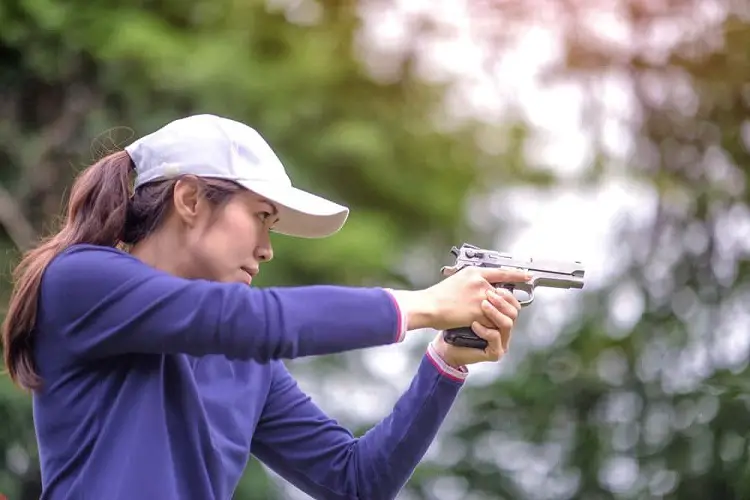
A correct shooting grip is imperative to get right when learning how to use a firearm, and without it, there’s a number of issues that can occur.
Not only is it dangerous for yourself to hold a gun incorrectly but those around you, as your precision and accuracy, will be way off without the right grip.
Common mistakes like an unsupportive non-dominant hand, tea cupping the base of the gun, and having a loose grip can all be fatal errors, and it takes time and practice to avoid them.
The only want to get it right is with assistance from a trained firearm expert and regular practice, so don’t skip over this important step.
Smart and Snug Positioning
Any gun owner worth their salt understands the importance of holding a handgun correctly and takes the time to learn how to do it right.
With a snug but comfortable grip and steady stance, you’re better positioned for a precision shot, and ensure that you’re using the firearm as safely as possible at all times.
Related Questions
A handgun is a dangerous tool to have in the wrong hands, and part of being a responsible firearm owner means learning the basics on holding them.
If you still want to know more about operating a handgun with safety, we’ve answered some FAQs on the topic that can help.
Is the Safety Up or Down on a Gun?
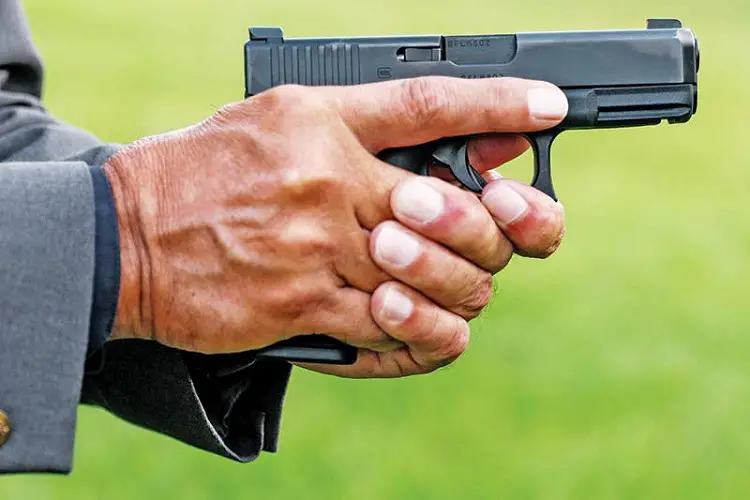
The safety of a firearm will depend on the type of gun, and even within these categories, there are some exceptions.
Generally, a single-action piston will have the safety up whereas a double-action pistol will have it down, so you must learn the specifics of the firearm you’re using.
Can A Dropped Gun Go Off?
In most cases, a gun won’t go off simply because it’s been dropped, although this commonly occurs in movies and TV shows.
A gun that’s less than 10 years old, is well maintained, and hasn’t suffered lots of wear and tear will be less likely to experience an error like this and won’t go off when it’s dropped, so it’s imperative to take care of your firearms and regularly inspect them.
Resources:
